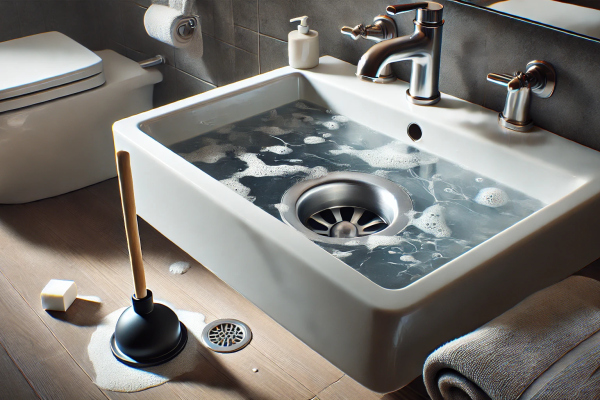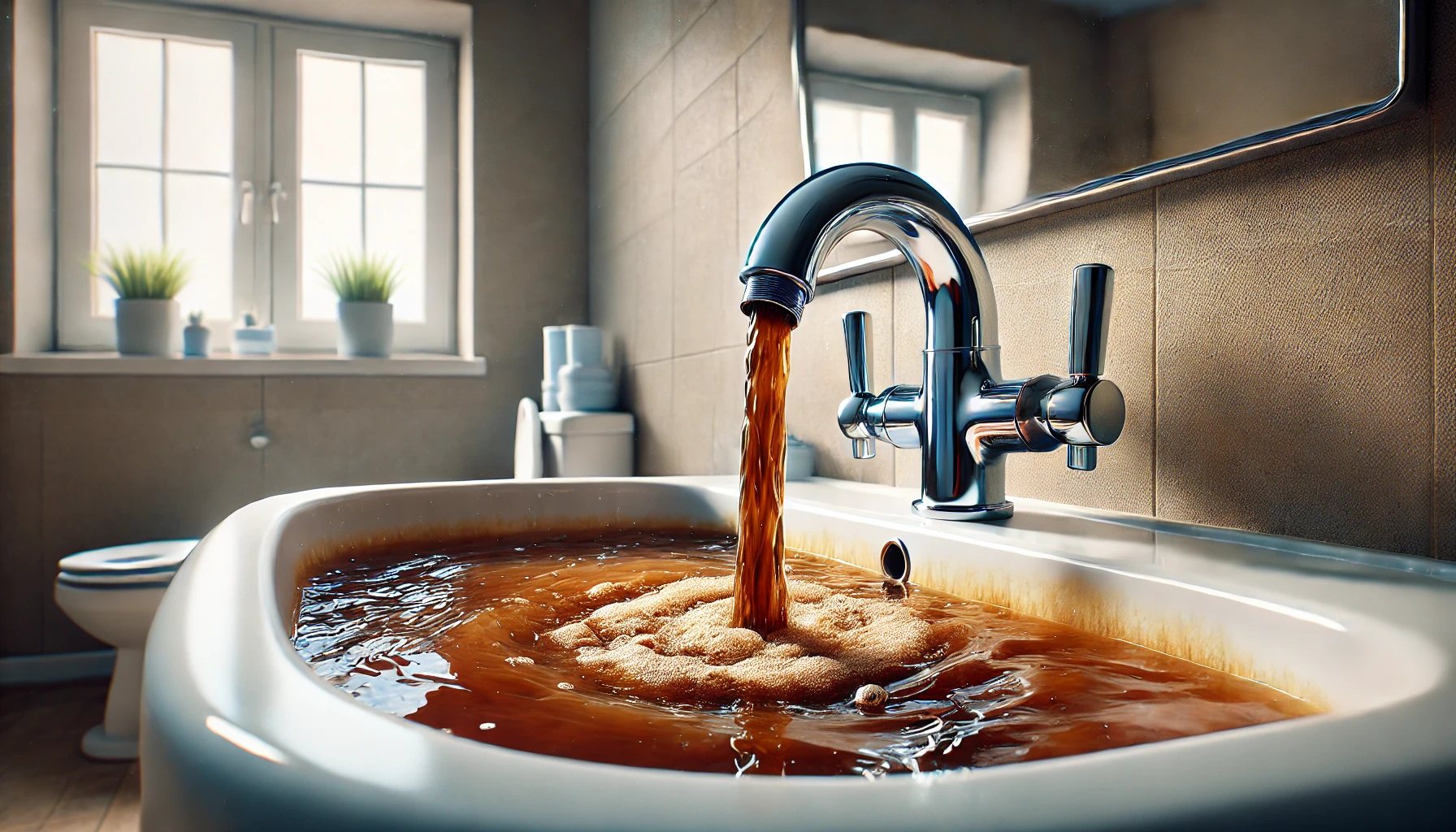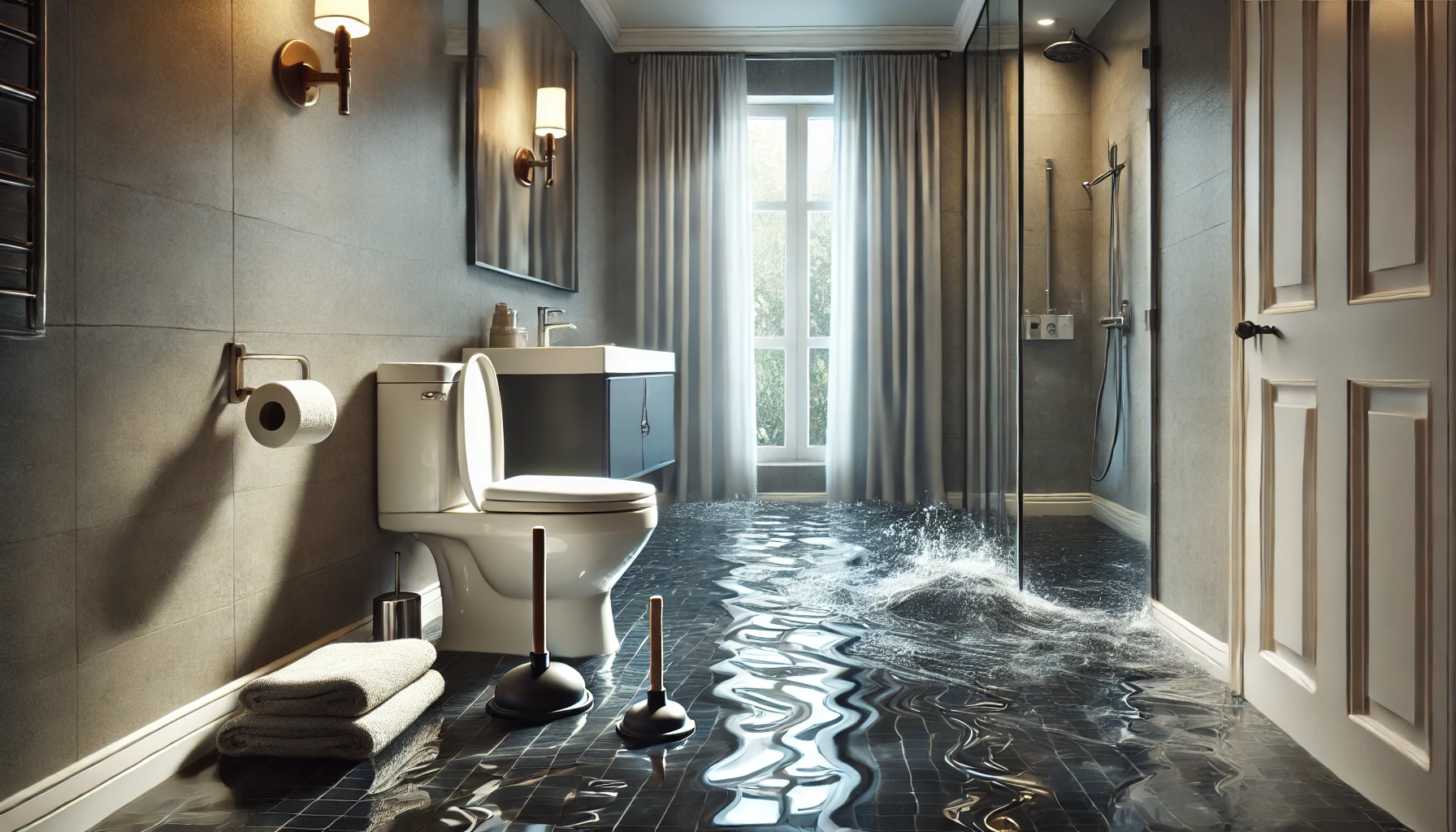
How to Unclog a Sink: Quick and Effective Solutions for Homeowners
A clogged sink is a household nuisance that can cause a great deal of frustration—whether it's the kitchen sink refusing to drain or the bathroom sink flooding due to a buildup of hair. Fortunately, unclogging a sink is a task most homeowners can handle with a few simple tools and techniques. Whether you're facing a minor blockage or something more stubborn, this guide will help you quickly and effectively clear your drains. Plus, we’ll cover when to call a professional plumber if your DIY efforts don’t do the trick.
Understanding Sink Clogs
What Causes Sink Clogs?
Clogs are a fact of life, and almost every sink will encounter them at some point. The cause of a sink clog can vary depending on the location. Here’s a quick breakdown of common culprits:
-
Kitchen Sink Clogs: These are typically caused by food particles, grease, coffee grounds, and fibrous vegetables (like celery and asparagus). Over time, these materials build up and create a sticky mass inside your pipes that blocks water flow.
-
Bathroom Sink Clogs: In bathrooms, hair, soap scum, toothpaste, and even small objects can block the drain. Hair, in particular, can tangle with soap scum to form stubborn blockages that are difficult to clear.
-
Tree Roots: A less common cause, but tree roots can infiltrate pipes through small cracks or poorly sealed joints. The roots seek out moisture, leading to blockages and reduced drainage capacity.
Understanding the cause of the clog is essential for choosing the right approach to clear it.
How Neglect Leads to Stubborn Clogs
It’s easy to overlook your plumbing until a problem arises. However, neglecting to properly maintain your sink can lead to long-term issues. In the kitchen, leftover grease and food particles can build up inside pipes, while bathroom sinks suffer from hair and soap buildup. Regular cleaning and proper disposal habits can prevent small clogs from growing into bigger problems.
Identifying Clog Severity
The severity of a clog can range from a minor slow drain to a complete blockage. Here are some common signs of clog development:
- Slow Draining: If water drains more slowly than usual, a partial clog is likely starting to form.
- Standing Water: If water begins to pool in your sink, you have a complete blockage.
- Gurgling Noises: Strange sounds coming from the pipes can indicate air trapped by a clog.
- Foul Odors: A stinky smell often means food debris or waste is trapped in the drain.
Basic Unclogging Techniques
Boiling Water Method
One of the easiest methods to clear a minor clog is by using boiling water.
- Boil a full kettle of water.
- Pour the water into the drain in three stages, allowing a minute or so between each pour.
- After a few minutes, check if the clog has cleared.
Caution: Avoid this method if you have PVC pipes, as hot water can potentially loosen the pipe joints.
Baking Soda and Vinegar Method
This natural remedy can break down small blockages without using harsh chemicals. Here’s how:
- Remove any standing water from the sink.
- Pour 1/2 cup of baking soda down the drain.
- Follow with 1/2 cup of white vinegar.
- Cover the drain and let it sit for 15 minutes.
- Flush the drain with hot water.
The bubbling action of baking soda and vinegar helps dislodge debris, making it easier for water to flow freely.
Plunger Technique
A plunger is a must-have tool for any homeowner. Here’s how to use it:
- Fill the sink with enough water to cover the plunger’s head.
- Plunge vigorously for about 20 seconds.
- Check if the water drains.
For double sinks, seal the second drain with a rag to improve suction.
Intermediate Strategies
Chemical Drain Cleaners: A Chemical Approach
While chemical drain cleaners can be effective, use them with caution. Frequent use can damage pipes, especially older ones, and these products can harm the environment. Always follow manufacturer instructions.
Plumbing Tools: Using a Drain Snake and Auger
A drain snake is a more advanced tool that can reach deeper blockages. To use:
- Insert the snake into the drain opening.
- Turn the handle to push the snake further into the pipe.
- Once you feel resistance, turn the handle to break up the clog.
- Retract the snake and flush with hot water.
Advanced Unclogging Methods
Clearing the P-Trap
If the clog is located in the P-trap, a common part of the plumbing system under your sink, follow these steps:
- Place a bucket underneath the P-trap.
- Loosen the slip nuts and remove the trap.
- Clean out any debris and rinse the trap with water.
- Reattach the P-trap, ensuring a tight seal.
Make sure to use towels and a large bucket to minimize the mess.
When to Call a Professional Plumber
While DIY methods work for most clogs, sometimes it’s best to call in a professional plumber. Consider calling an expert if:
- Multiple drains are clogged at the same time.
- You hear gurgling sounds in your pipes.
- Foul odors or sewage backup occur.
- Your DIY attempts have been unsuccessful.
Professional plumbers have the experience, tools, and specialized equipment to tackle tough clogs and assess potential issues before they worsen.
Texas Tip:
In Texas, where extreme heat and hard water are common, plumbing systems can be particularly vulnerable to buildup and root infiltration. Regular plumbing inspections can help catch issues before they lead to expensive repairs.
Preventative Tips for Keeping Your Sink Clear
Here are some proactive measures to help prevent clogs before they start:
- Use drain strainers to catch food bits and hair.
- Never pour grease down the drain. It solidifies and clogs pipes.
- Rinse with hot water after every use to clear residue.
- Schedule regular maintenance to avoid larger blockages.
Conclusion: Keep Your Sink Flowing Smoothly
Unclogging a sink might seem like a daunting task, but with the right tools and techniques, it’s something any homeowner can manage. Regular maintenance, proper disposal habits, and knowing when to call in a professional plumber are essential for keeping your plumbing in top shape.
In Texas, where plumbing conditions can vary depending on the region, it’s especially important to stay ahead of potential clogs and blockages. Whether you're dealing with a minor issue or a more serious problem, following these steps will help keep your sink—and your home—flowing smoothly.






